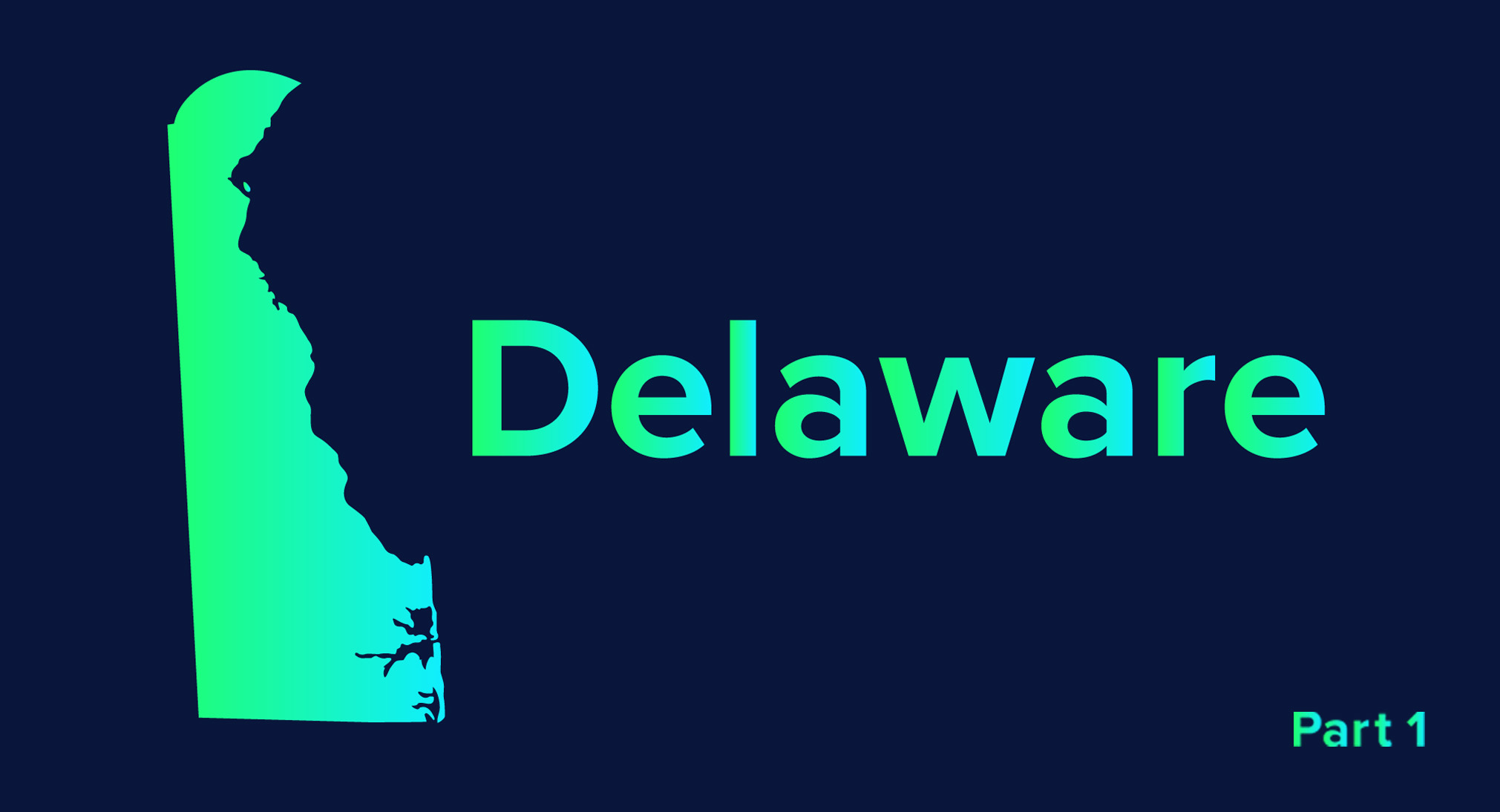ASA is on a mission to expand high-quality work-based learning opportunities for high school students nationwide. While federal legislation exists to encourage and incentivize youth work-based learning, it is not enough to ensure these opportunities are available, accessible and equitable for all students. This means states often take the lead in work-based learning policy, but a recent audit shows wide disparity in how states define the experiences that make up work-based learning, fund these initiatives, build infrastructure and communications, ensure accountability, and collect data for impact measurement.
In this spotlight series, we’re highlighting some of the lessons learned and best practices from states who are leading the way on making high school work-based learning a priority for students, educators and employers. We recently chatted with Luke Rhine, Director, Career & Technical Education and STEM Initiatives for the Delaware Department of Education, and Paul Herdman, President and CEO of Rodel of Delaware, to learn more about their state’s strategies for success.
Q: The Delaware Department of Education implements work-based learning through its Pathways initiative, which develops CTE programs of study based on regional and state workforce needs. Tell us about this initiative and how it came to be.
Luke: Coming out of the recession of 2008, there was an acknowledgement by employers and the executive leadership in the state that education, workforce and economic development systems contribute towards the same goal. There was an understanding of how the needs of employers drive each of those specific aspects and work to create an economy of scale, in terms of both talent development and positioning the State as competitive to recruit and attract both people and future employers. Strong executive leadership was part of the initial impetus, which is maintained today, but I also think there was a significant voice from the Delaware employer community through our Business Roundtable for Education and the state workforce board. There was a general consensus that our talent strategies need to be thought about from a more holistic view and using youth as an initial point of research and development made sense.
Paul: Part of this was also driven by fear in the business community. We had just come off the 2009-2010 economic crash and there was concern. Delaware’s a small place and if we were going to potentially lose any of our main employers here, there was a real sense of urgency that we needed to make a better connection between education and employment. The private sector worked with the governor’s office to begin to do some research about national and international best practices; Luke and I, along with other business leaders, visited Switzerland and Germany. Additionally, Delaware Technical Community College started a pilot program for 27 kids around advanced manufacturing at our largest high school in the state. Candidly, if we didn’t have that as a working model, I think it would have been hard to scale, so they deserve a lot of credit for getting Pathways off the ground. Where we (Rodel) helped is that we were able to align a broader set of players and then we started to catalyze. We worked on national investment, getting $3 million from Bloomberg, while Luke really led the charge to get JPMorgan Chase to invest $2 million dollars, and together, we learned a lot about how to braid available federal resources. To inform our strategy, we also did a landscape analysis with Jobs for the Future and built out a plan from there. Since then, it really took off, so now we have approximately 23,000 kids participating when we started with just 27 five or six years ago.
Q: Did Delaware pass any legislation that helped pave the way?
Luke: We were very fortunate to have some key legislative initiatives already in place when we started this. For example, Delaware was one of the first states to establish a state “promise” program, so we’ve essentially provided free community college for high school graduates for the last 15 years. We’re also fortunate that the State invests heavily in career and technical education, so that is additional teaching units and additional dollars for implementation. There was an established infrastructure and funding system.
We also did a lot of work initially around combining our state plans for Perkins (the Strengthening Career and Technical Education for the 21st Century – Perkins V), the Every Student Succeeds Act (ESSA), and the Workforce Innovation and Opportunity Act. We looked at how specific populations are supported across these separate federal programs; so, for example, what dollars support in school youth, what dollars support out of school, what resources support incumbent workers or dislocated workers, what are the accountability models across each of those pieces of legislation, how can those measures and metrics be the same thing, and how do we define and create transparent data systems across the different agencies that administer those things.
We are now coming off of one of our best legislative sessions since I’ve been in the state. We essentially expanded the state promise program, SEED, to SEED Plus, so it includes both the credential and degree programs at Delaware Technical Community. We also expanded our other state promise program, Inspire, to include four years at Delaware State University, which is our HBCU (Historically Black Colleges and Universities). And we created two scholarship bills that support the attainment of industry credentials: FAST, which provides scholarships for youth who want to pursue industry credentials as they exit high school, and Elevate Delaware, which provides a scholarship for incumbent workers to upskill and pursue a nondegree credential program. State legislators also approved funding and grants to expand apprenticeship systems. So essentially in Delaware right now, whether you pursue a two-year degree, four-year degree or credential, or participate in the state registered apprenticeship system, there are dollars that help youth and adults to navigate those systems and offset any debt they would otherwise accrue as a result of that opportunity cost for participation.
Check back soon for Part 2 of our Delaware conversation, where we will discuss the value of establishing an intermediary to facilitate work-based learning, funding strategies and more.




